What NASA really costs the US government, and how that has changed
Space agency spending
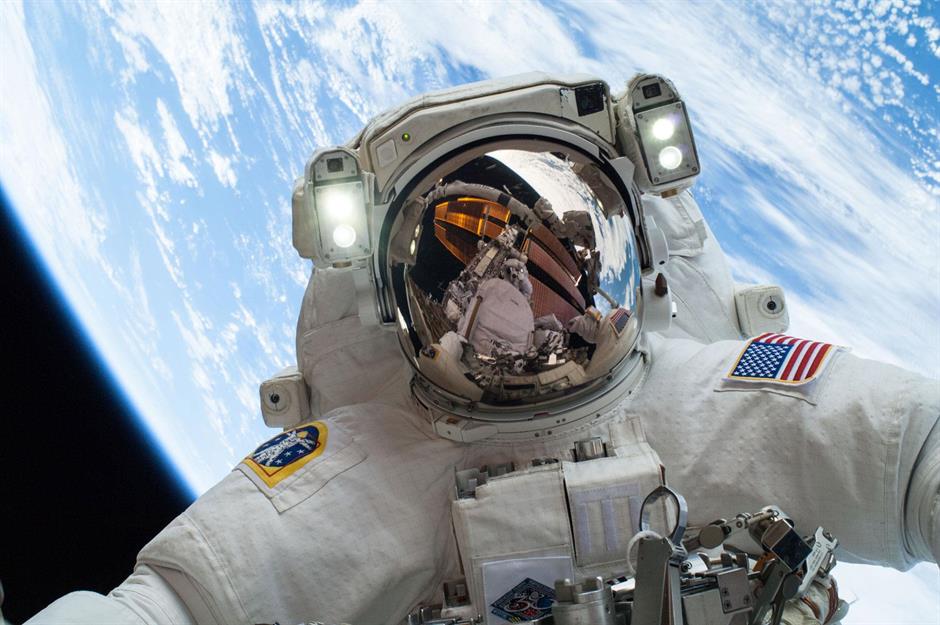
The National Aeronautics and Space Administration, better known as NASA, has received billions of dollars of American taxpayers' money since it was founded in 1958.
A recent headline-grabbing project saw NASA deliberately crash a spacecraft into an asteroid to the tune of $325 million. And at 1.47am EST today (16 November), the space agency kicked off its Artemis exploration program with the launch of its most powerful rocket ever: the SLS-Orion. The 322-feet-tall crewless rocket has now begun a three-week test flight around the moon, 50 years on from the final Apollo moon mission. The cost? At least $37 billion so far.
Read on as we explore the truly cosmic scale of NASA's spending over more than six decades, and investigate what the money's been spent on. All dollar amounts in US dollars.
Explorer 1
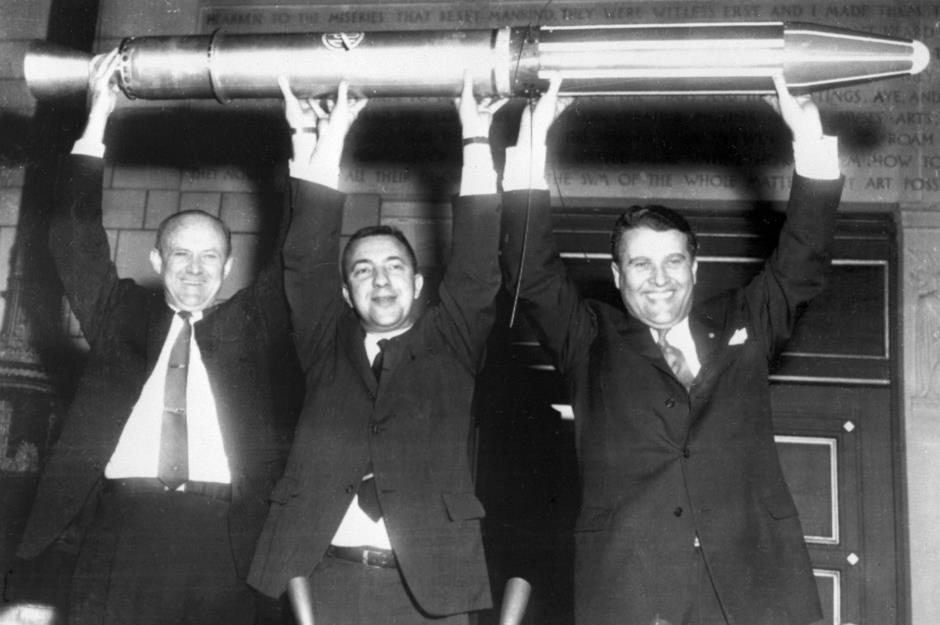
The Soviet Union launched the world's first artificial satellite, Sputnik 1, in October 1957.
This panicked the US, which had fallen behind its Cold War rival in terms of space science and technology. The space race had officially begun.
America launched its first satellite, Explorer 1, just three months later in January 1958.
Explorer 1 was sent into orbit by the US Army Ballistic Missile Agency. By this point, the government had decided it was in serious need of a federal agency that was solely dedicated to space exploration – and human space flight in particular.
Take-off for NASA
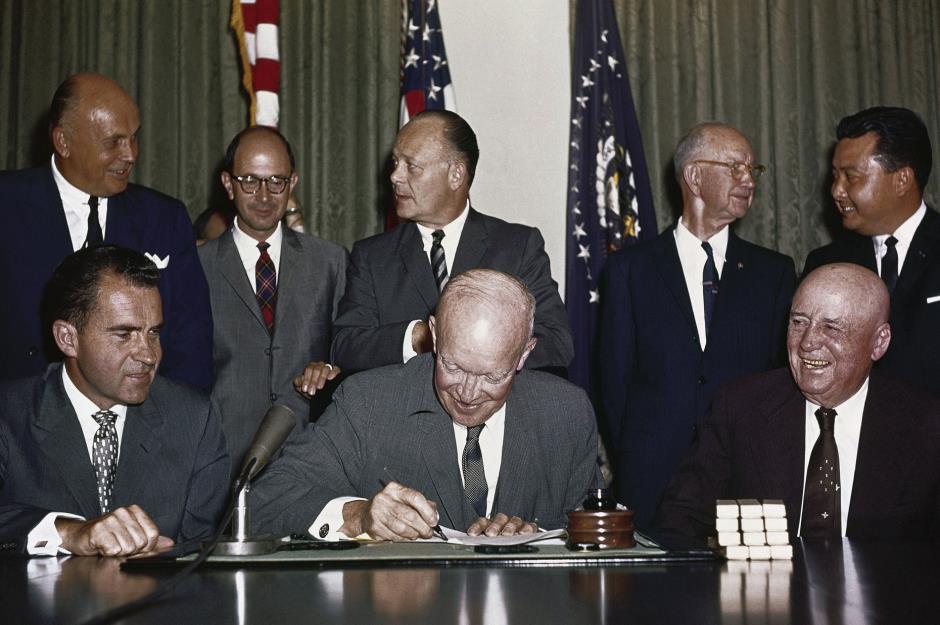
Later that year, President Dwight D. Eisenhower signed the National Aeronautics and Space Act, creating NASA.
In its first year, the agency was allocated $89 million – equivalent to around $914 million in today's money – which represented a tiny 0.1% of the US Federal budget.
First human space flight programme
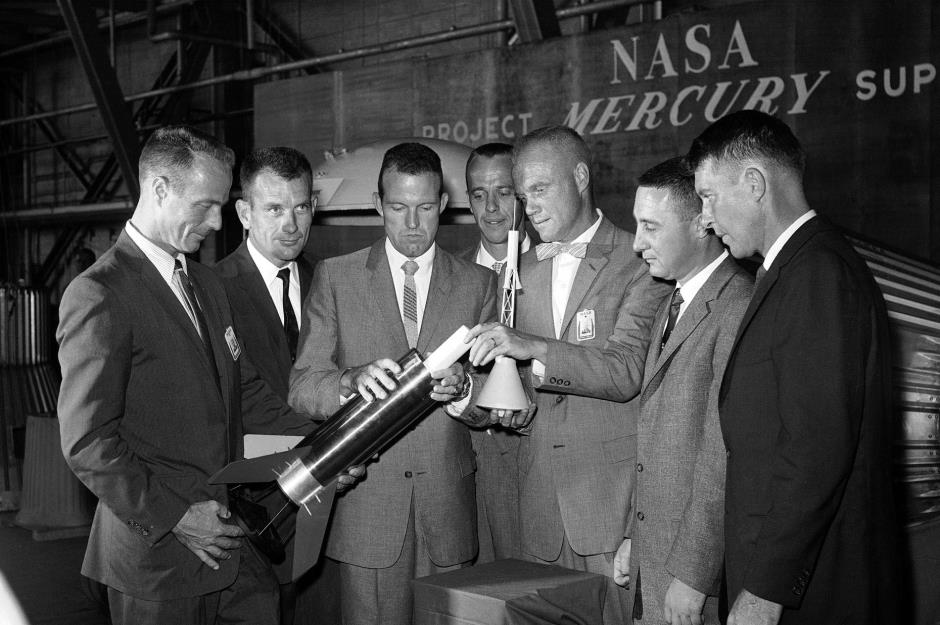
NASA established Project Mercury, its first human space flight program, in 1958 and recruited its first team of astronauts soon after.
By 1959, the agency's budget had skyrocketed to $145 million – around $1.5 billion in today's dollars – or 0.2% of total government spending at the time.
First American in space
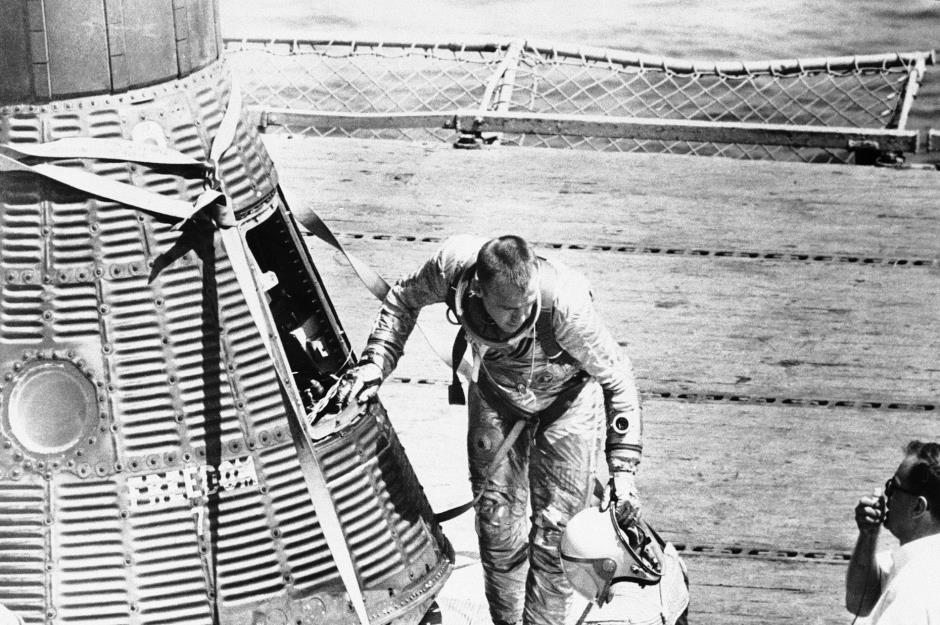
In May 1961, astronaut Alan Shepard became the first American to travel into space, fulfilling the goal of Project Mercury.
However, the Soviets had pipped the US to the post once again, sending Yuri Gagarin into orbit just a few weeks ahead of Shepard. It was clear that NASA had to up its game.
Shoot for the moon
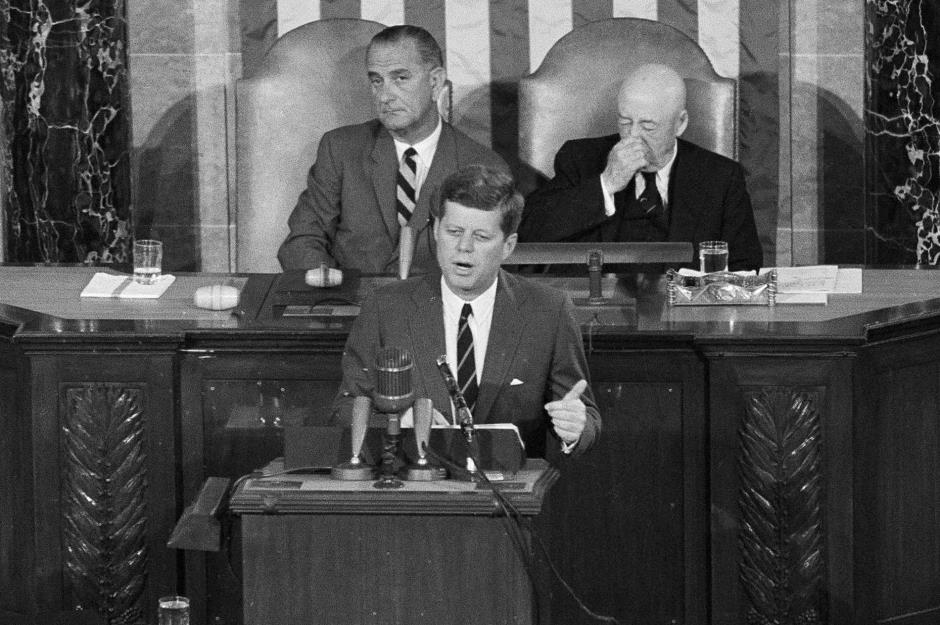
Later in 1961, the freshly elected President John F. Kennedy announced that America was aiming to land a man on the moon by 1970.
Rocket boosters were put behind NASA's budget, which climbed to $744 million – about $7.4 billion today – or 0.9% of the entire Federal budget, marking a sharp increase from 1958.
NASA spending peaks

That same year, NASA started work on its Apollo program, which had the aim of landing the first people on the moon.
After soaring for years, NASA's spending reached its peak, hitting an out-of-this-world $5.9 billion and accounting for an astonishing 4.41% of the entire Federal budget. That equates to a staggering $58.5 billion in today's money.
Sky-high personnel levels
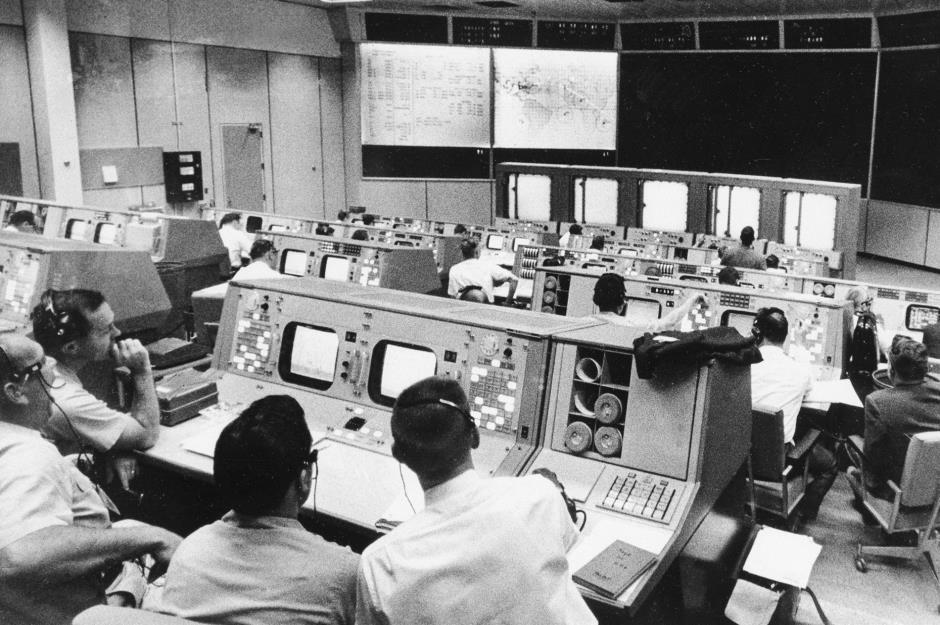
The number of NASA employees also peaked in 1965, with 420,000 people working for the agency that year. This was more than eight times the number of staff the agency had in 1960.
Staff levels later hit an all-time low in 1982 at just 42,399. Today, NASA employs more than 18,000 permanent staff, with countless contractors also on its payroll.
Apollo programme costs
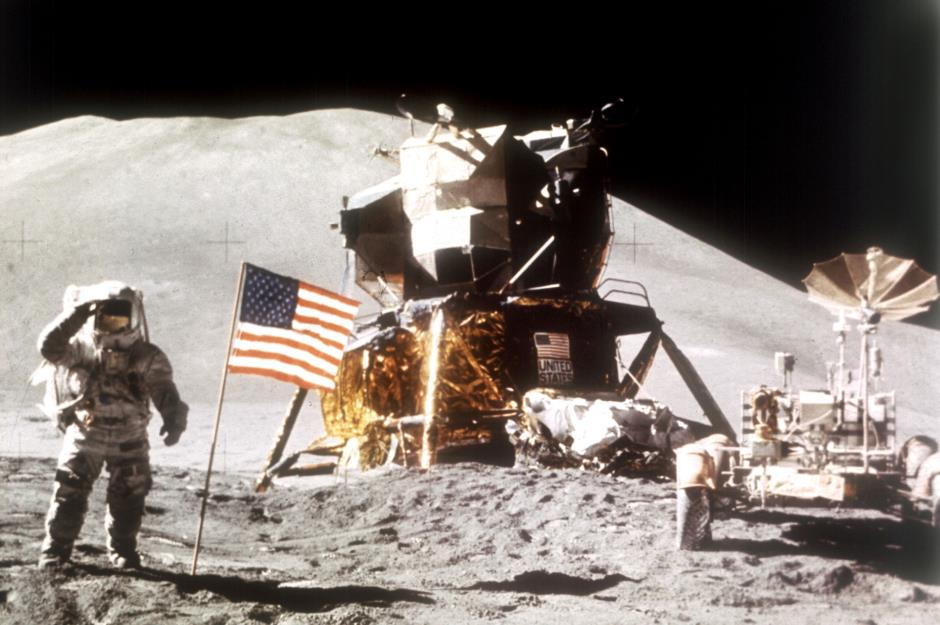
President Kennedy's goal was accomplished in 1969 when Neil Armstrong became the first person to step on the Moon.
This landmark achievement didn't come cheap, however. In total, the Apollo program cost up to $25.8 billion in 1969 dollars. That's equivalent to an unfathomable $208.7 billion in today's money.
Big-budget spacecraft
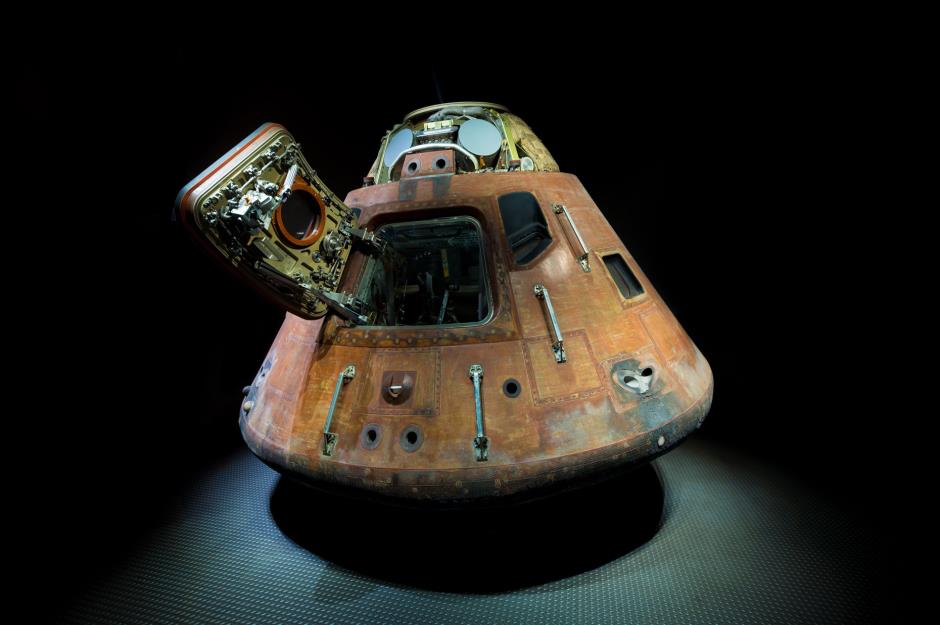
The spacecraft and rockets used in the Apollo missions would collectively cost more than $200 billion in today's money.
For example, the iconic Lunar Module cost $2.4 billion, which equates to roughly $20 billion today. Similarly, the launch vehicles used would have cost around $77 billion in 2022 dollars.
Budget nosedive
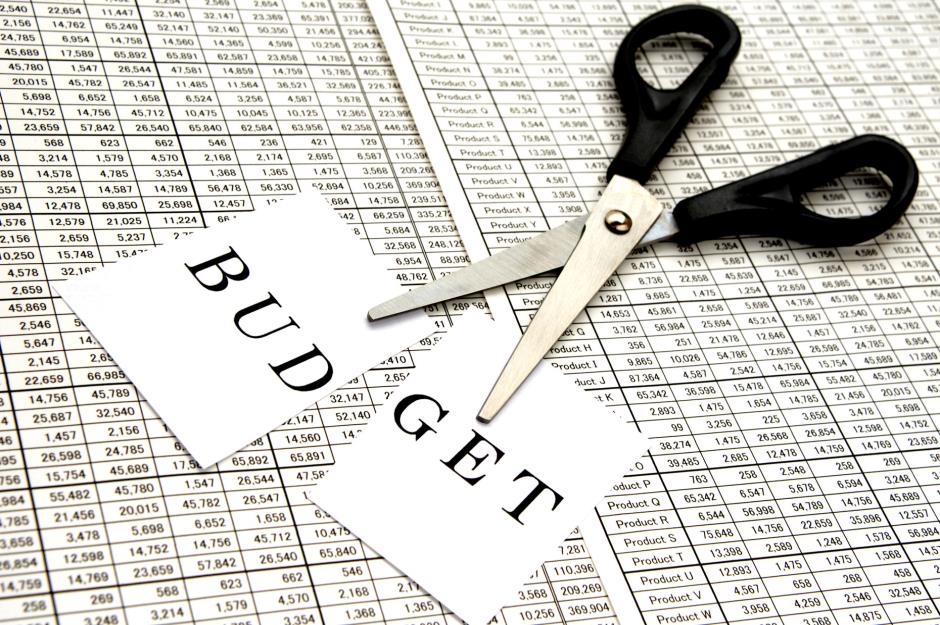
Once the goal of landing a human on the moon was achieved, NASA's funding was cut back significantly.
By 1975, the yearly budget for the space agency had dropped down to just 0.98% of the government's total spending.
The space shuttle era
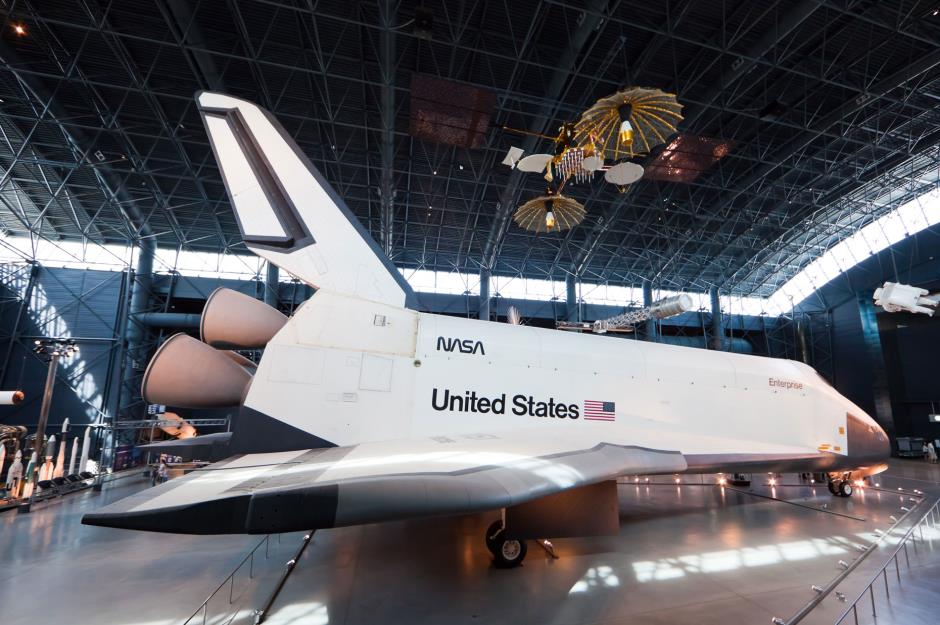
With the Soviet threat downgraded, NASA focused on launching manned low Earth orbital space shuttles during the late 1970s and 80s, shelving ambitious plans for additional lunar missions.
By 1986, NASA's budget had fallen to 0.75% of the US government's total spending, or $7.4 billion. That amounts to around $20 billion today.
Colonizing space

During the late 1980s and 90s, NASA turned its attention to achieving a permanent human presence in space.
In 1993, a collaboration between the USA and Russia was announced, which resulted in the construction of the International Space Station, at a cost of $100 billion ($205.4bn in today's money).
Martian ambitions
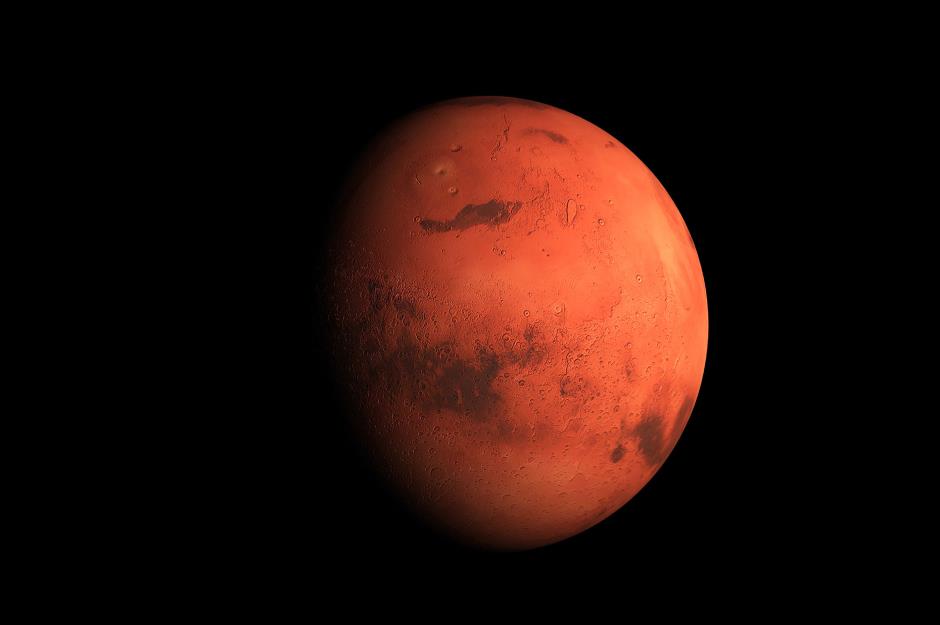
In a speech delivered in July 1989, President George H. W. Bush proposed that there should be a permanent manned American base on the Moon, as well as an expedition to Mars.
Experts at the time calculated that it would cost $400 billion to achieve both objectives, or around $957.4 billion in today's money.
George W Bush’s cosmic vision
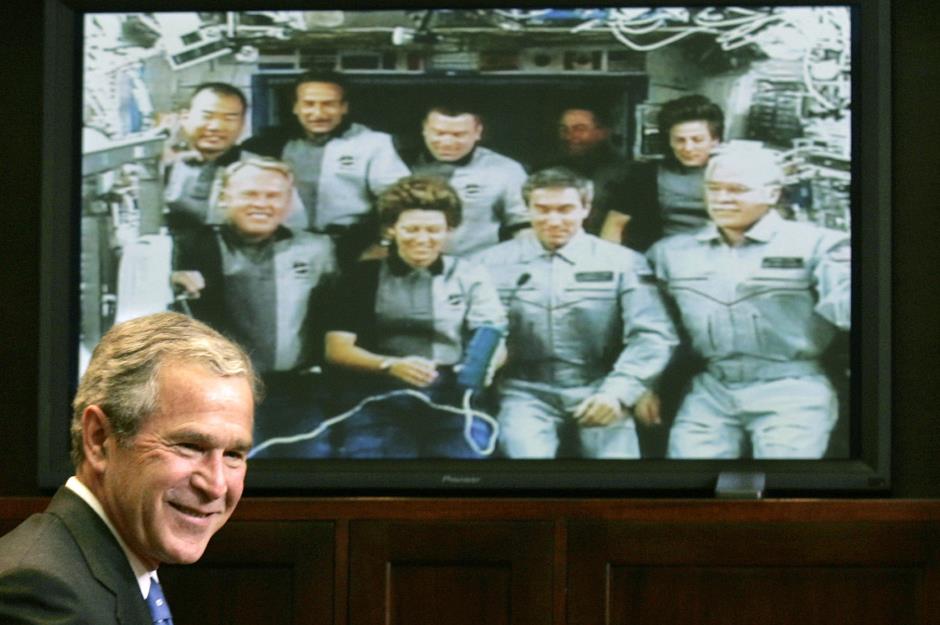
President George W. Bush launched his Vision for Space Exploration plan in 2004, a year after the Space Shuttle Columbia disaster – a fatal mission that killed seven astronauts over Texas in February 2003.
The main goals of the project included sending humans back to the Moon and, ultimately, to Mars, with the objectives largely picking up from where the plans laid out by Bush's father had left off.
That year, NASA funding reached over $15 billion, which is the equivalent of $23.6 billion today.
The noughties: budget in free fall

Despite the younger Bush's ambitious plan, NASA's budget decreased from 0.75% of total government spending in 2000 to just over half a percent by 2010, precipitating a series of cutbacks. This was the smallest portion of the US budget that NASA had received since 1960.
This image shows the $196 billion Space Shuttle Discovery, which embarked on its final mission in 2011.
Constellation program
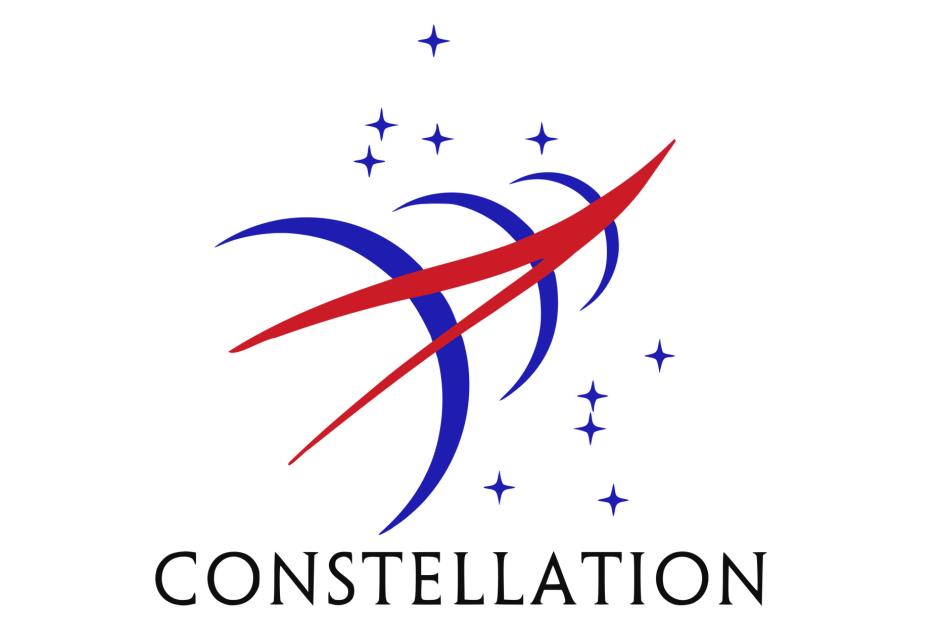
The Constellation program ran from 2005 to 2009 and had the objective of a manned mission to the Moon by 2020, as well as a future mission to Mars.
President Barack Obama's administration canceled the program in February 2010, asking NASA to focus on reaching Mars instead.
During the Obama administration, NASA funding hovered around 0.5% of the total Federal budget.
The era of Artemis
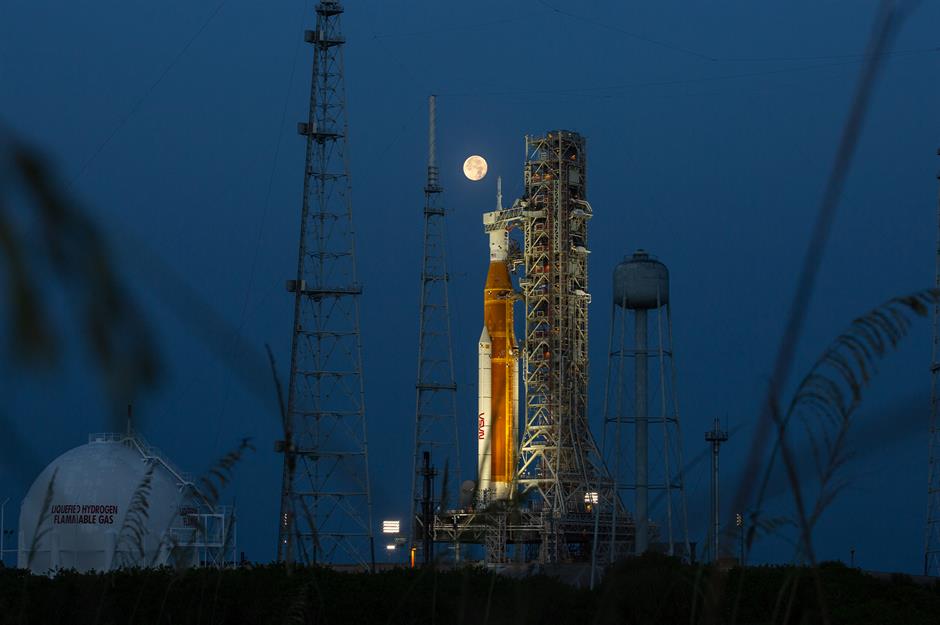
NASA's Artemis program launched in December 2017, with President Donald Trump focused on sending humans back to the Moon, as well as establishing a permanent presence there.
The Artemis I Space Launch System (pictured) is something of a dress rehearsal to practice launch procedures.
This first mission, which has been delayed repeatedly, will test the system before sending crewed flights to the moon in Artemis II, which is expected in 2025.
Once the first mission has been achieved, sending humans to Mars is also on the agenda.
Astronomical budgets
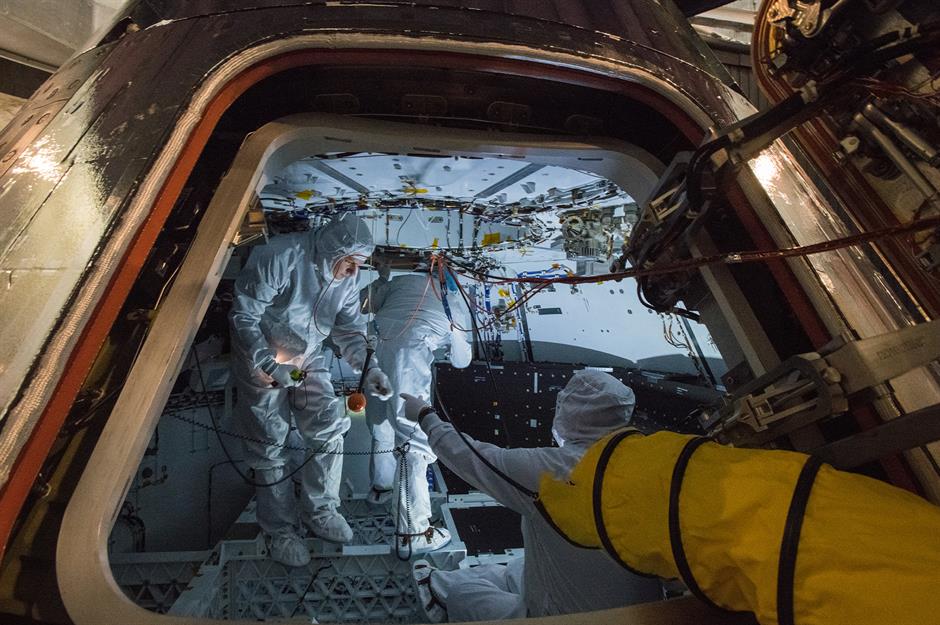
The lunar program's initial $35 billion budget was quickly exceeded, with $40 billion spent just two years into the Artemis program.
NASA's auditor reported in March 2022 that each of the first four missions will cost $4.1 billion, and that the total program will cost at least $93 billion by the end of 2025.
In October this year, it was also reported that NASA had purchased an additional three crew capsules from Lockheed Martin for its Artemis moon program. The capsules cost $1.99 billion in total.
Spectacular success
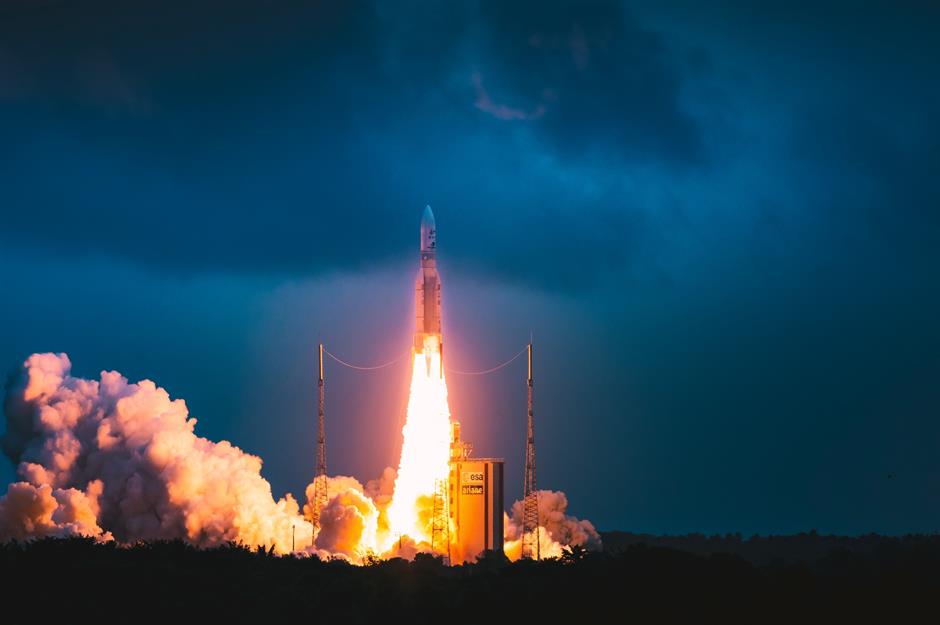
One of NASA’s latest achievements has been the completion of the James Webb Space Telescope, which is the most powerful space-based telescope in history.
Its creation has long been a dream of NASA astronomers, who first began planning for a telescope that could improve on the famous Hubble Space Telescope back in the early 1990s.
Fast-forward to Christmas Day 2021 and the telescope was finally launched into orbit, taking off from French Guiana (pictured).
Webb's First Deep Field
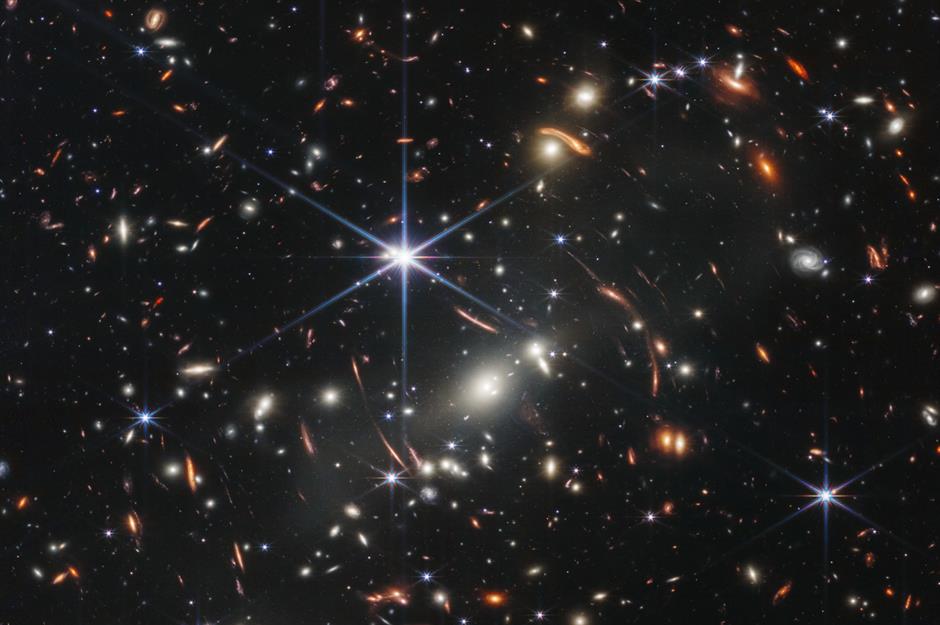
The first science-quality photo of deep space, titled Webb's First Deep Field, was released by US President Joe Biden at a press conference on 11 July 2022. Part of the image is shown here. Another image showing so-called "pillars of creation" – distinctive clouds of hydrogen gas and dust – was released on 19 October.
The James Webb Space Telescope promises to reveal some of the oldest stars and galaxies in the universe, and even uncover the make-up of the planetary atmospheres that could potentially be inhabited by humans one day.
In the words of NASA administrator Bill Nelson, the telescope offers "a view that we've never seen before," providing "the deepest image of our universe that has ever been taken".
As you might imagine, this success has come at a price. The latest projected cost for the megaproject is a colossal $9.7 billion.
On a collision course
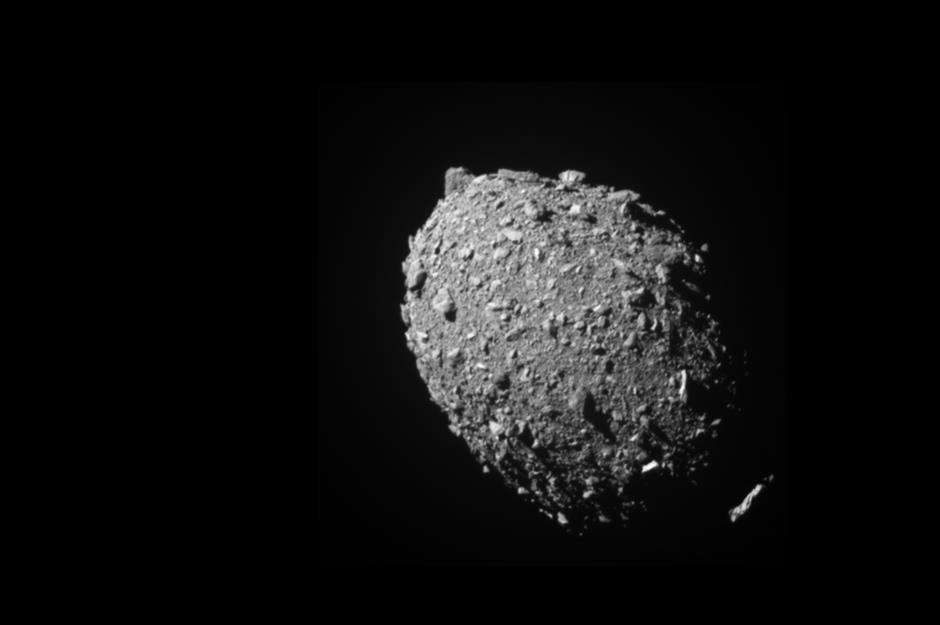
Another recent NASA project might raise eyebrows: the agency deliberately crashed a spacecraft into a harmless asteroid at a speed of 14,000mph. The project cost $325 million to execute and this photo shows the asteroid, named Dimorphos, just 11 seconds before impact.
The reason for this explosive experiment lies in the name of the mission, which was titled DART. That's an acronym for Double Asteroid Redirection Test.
NASA wanted to find out whether the collision was enough to nudge the space rock onto a slightly different trajectory. If it's possible, humans might be able to redirect future Earth-threatening asteroids, hopefully allowing mankind to avoid the fate suffered by the dinosaurs 66 million years ago.
Celebrating the test on 26 September, NASA tweeted: "IMPACT SUCCESS! Watch from #DARTMission's DRACO Camera, as the vending machine-sized spacecraft successfully collides with asteroid Dimorphos, which is the size of a football stadium and poses no threat to Earth."
So did it work? On 11 October, NASA revealed that the DART mission impact had indeed changed the asteroid's trajectory. That's a source of hope the next time a space rock comes hurtling towards us...
Public misconceptions
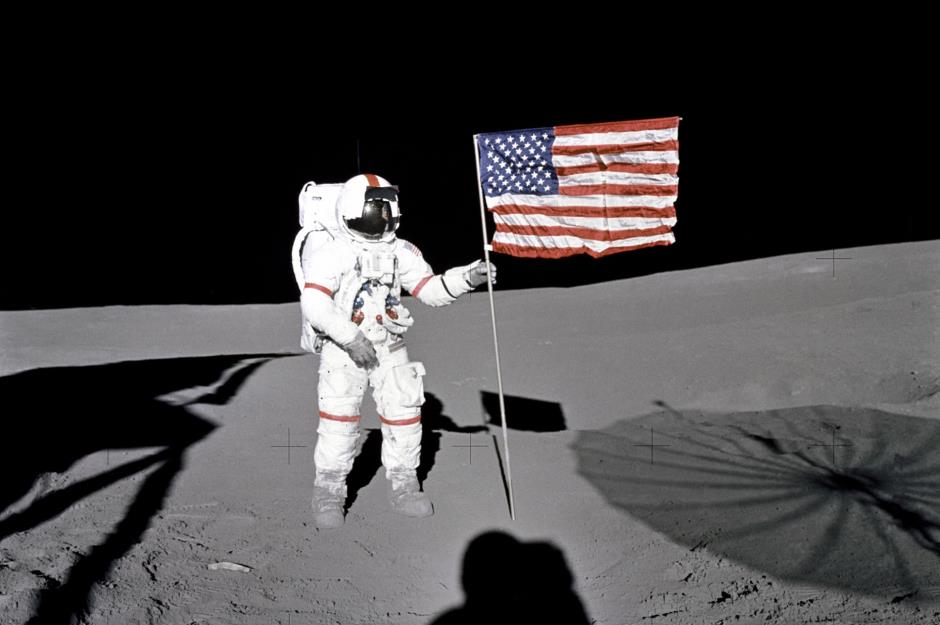
Everyone knows that Moon landings can cost the Earth. In fact, a 2018 survey showed that the typical American believes NASA uses 6.4% of America's annual Federal budget.
In reality, the proportion the agency has received in recent years is around 0.5% – and whether the billions of dollars spent by NASA over the decades have offered Americans value for money or not is a topic of hot debate.
However, statistics published by the National Space Society show that over an eight-year period (1976-84), NASA generated $21.6 billion in sales and benefits, while also creating 352,000 jobs.
Cost per American
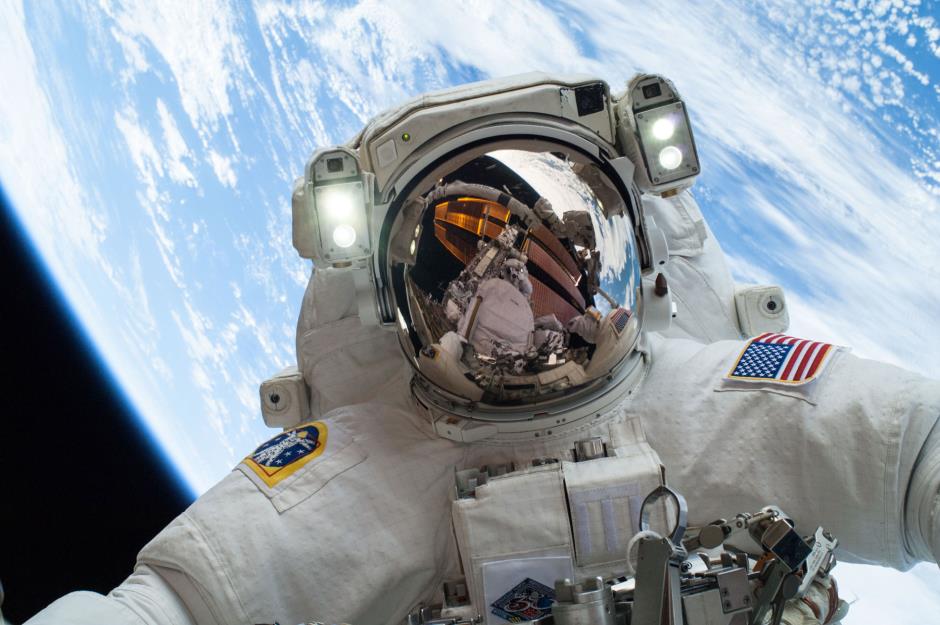
NASA's budget for 2022 is $24 billion, which means each US household pays around $185 per year for the space agency.
To put this figure into perspective, the typical American will spend more money each month on their cable bill than they will on supporting the work of NASA.
When you consider how much NASA has achieved over the years weighed up against the cost for the average citizen, perhaps those cosmic contributions are worth it after all...
NASA spin-off technologies
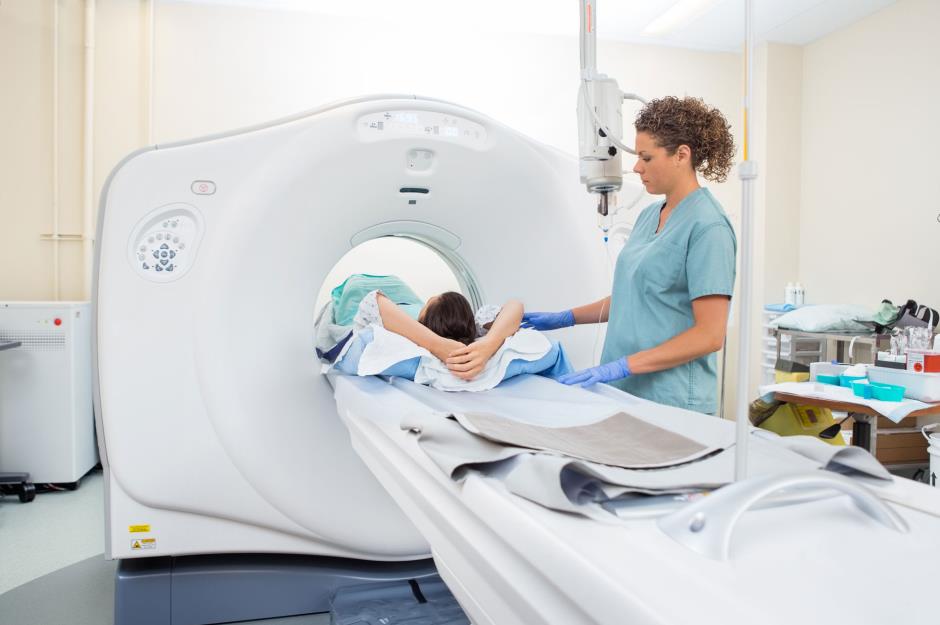
On top of that, NASA has helped develop a bewildering array of commercial spin-off technologies that have changed our lives.
Among them are CAT scans, cochlear implants, and invisible braces, as well as memory foam and satellite TV.
2022 budget and beyond
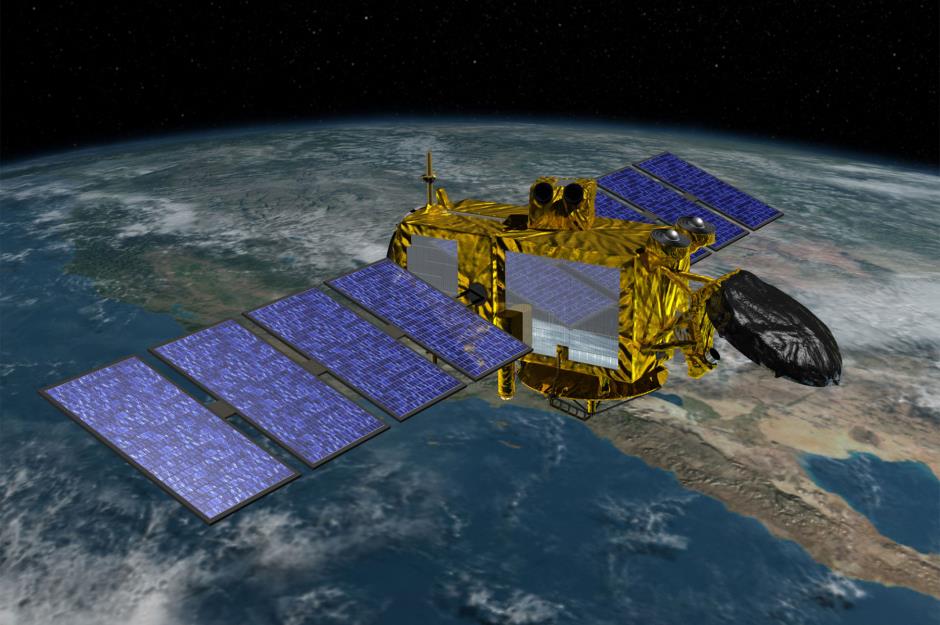
The $24 billion NASA is due to have received by the end of this year amounts to approximately 0.4% of the Federal budget, with annual funding projected to remain below the $30 billion mark over the next five years.
By comparison, the European Space Agency received total funding of €7.2 billion ($7.14bn) for 2022.
Over in Russia, meanwhile, President Vladimir Putin slashed the 2022 budget for the country's official Roscosmos State Corporation space agency to 210 billion rubles, or about $3.4 billion.
How the Russian war in Ukraine has affected NASA
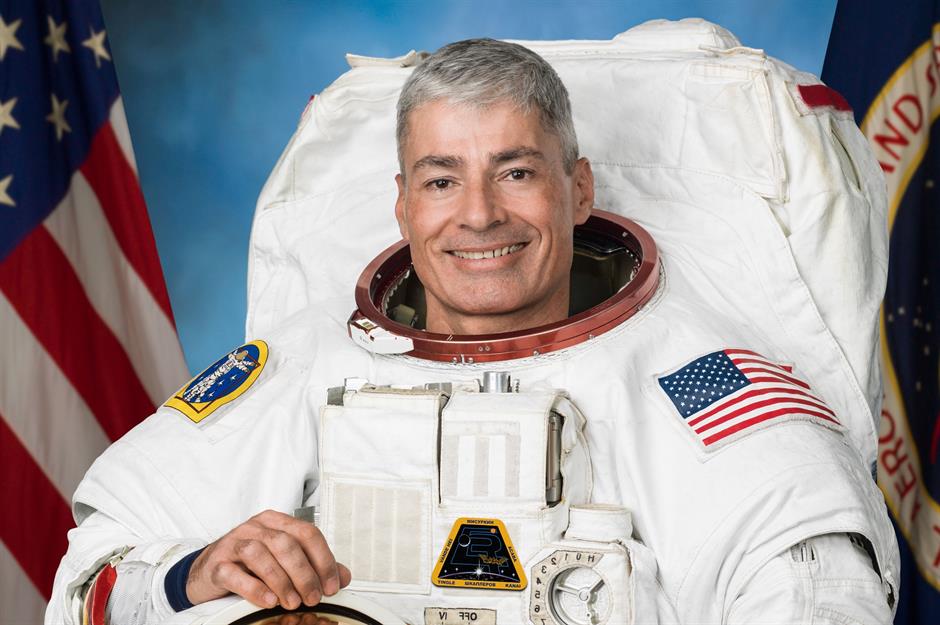
The Russian war in Ukraine hasn't just disrupted life on Earth; it's also affected space exploration.
When the war broke out on 24 February, there were concerns that US astronaut Mark Vande Hei (pictured) wouldn't be able to return to Earth on a Russian rocket, as originally planned, due to the sudden breakdown in US-Russia relations.
Thankfully, the return journey went ahead, with Vande Hei returning safely to Earth on 30 March aboard a Russian rocket.
Total NASA spending
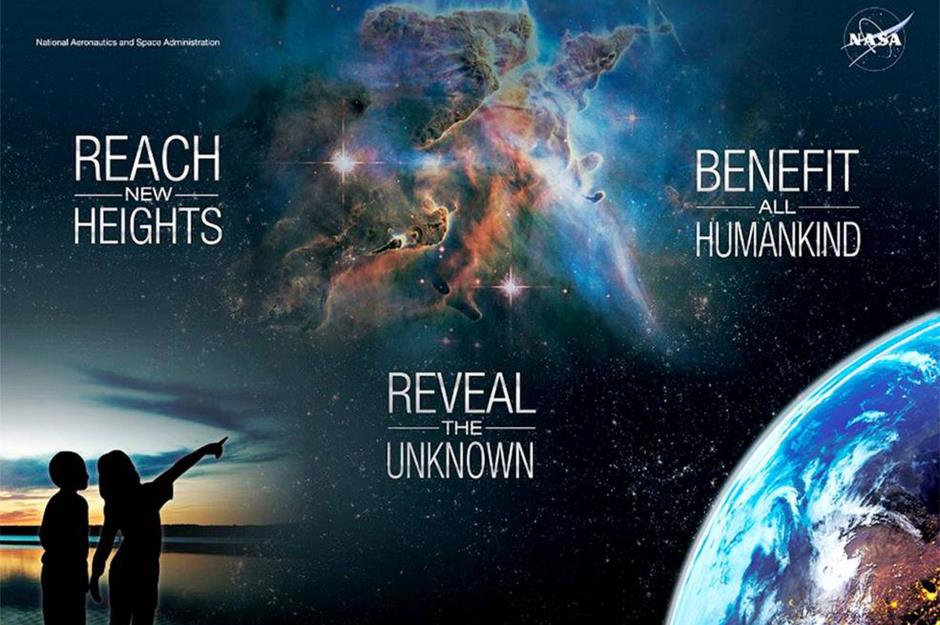
Using figures compiled and adjusted for inflation by the Planetary Society, NASA's total spending for the period of 1958-2022 amounts to an astronomical $666.8 billion.
Divided across the last six decades, that equates to around $10.4 billion per year. A fair price for exploring the cosmos – or an astronomic waste of money?
Comments
Be the first to comment
Do you want to comment on this article? You need to be signed in for this feature